
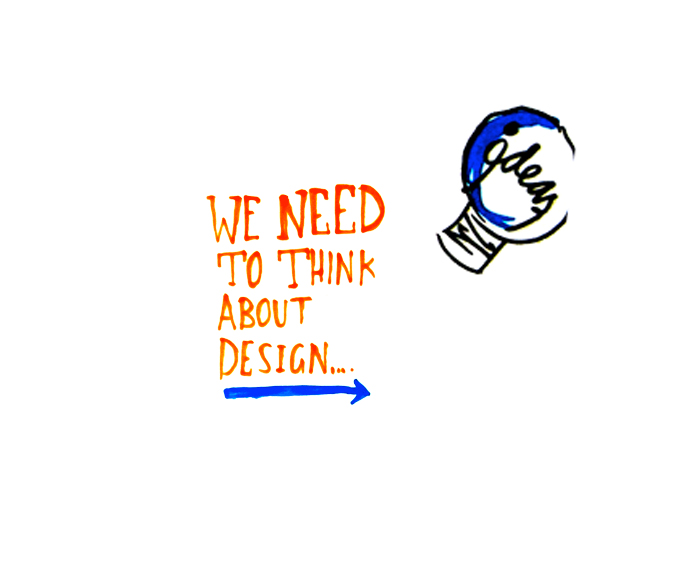
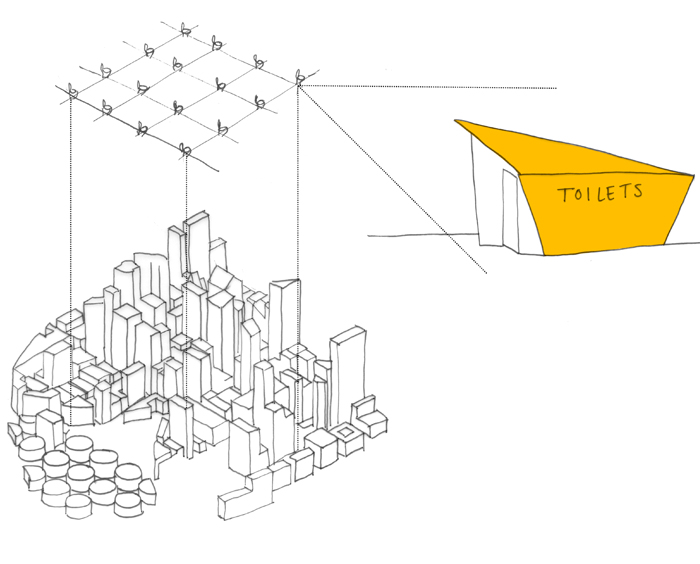
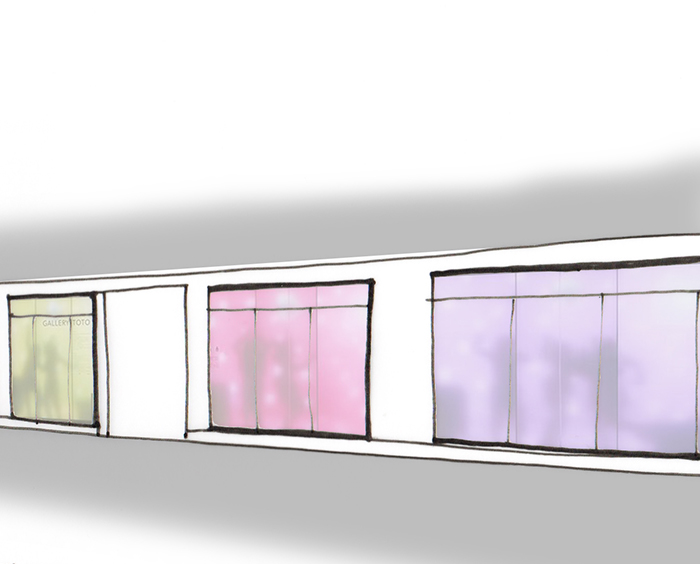

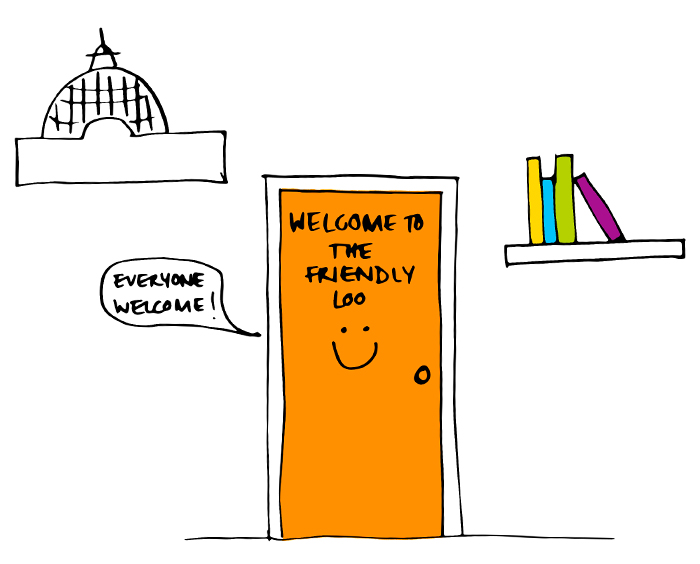
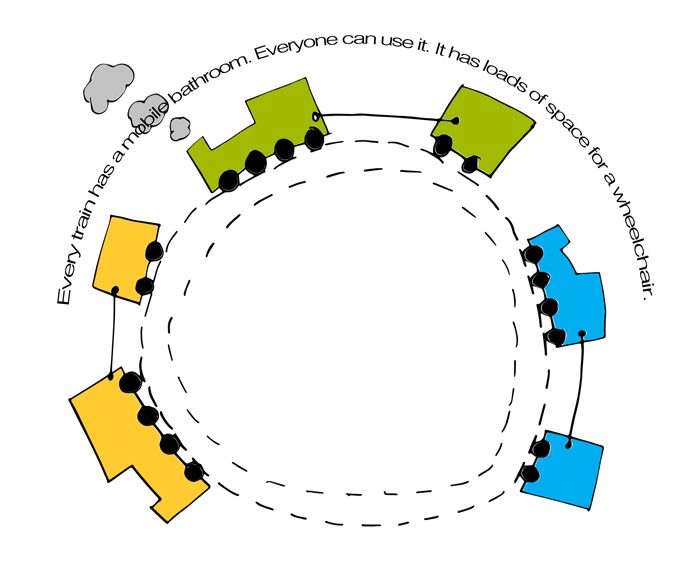
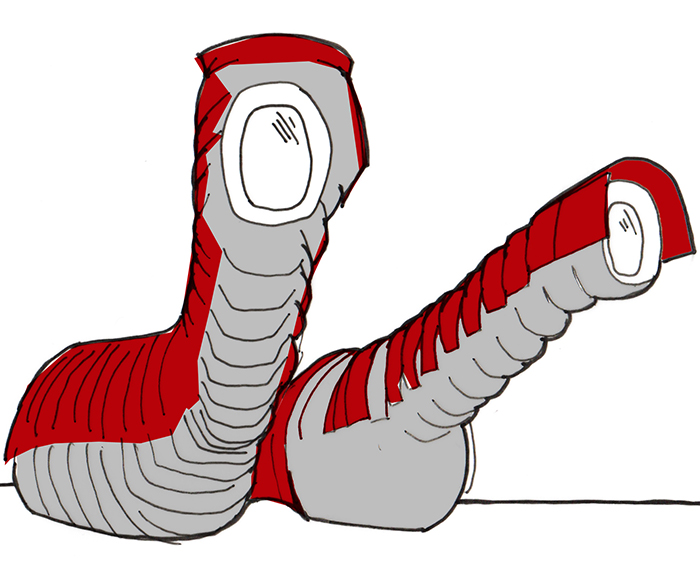

What If?
Click on the arrows to see a series of toilet concepts developed by architects we have worked with or based on exemplar toilet projects from across the world.
Public toilet masterplans
A grid system organises Future Studio's public toilet scheme in Hiroshima, Japan. By organising public toilets in this way they are made very easy for users to find.
All the toilets follow the same form, modelled on an origami crane, which makes them identifiable. This project reflects the influence that thinking about toilet provision at a masterplanning scale can have.
Putting the toilet on display
The toilets at Narita Airport, Japan by Klein Dytham Architecture celebrate toilet spaces. The colourful toilet block is purposefully very visible, contesting the idea that toilets should be hidden away.
The toilets appear to have translucent walls. Silhouettes of people dancing fill the walls, creating the illusion that people are inside the toilet spaces.
A hideaway in the forest
Many people find it difficult to access the countryside due to the closure of public toilets. This concept sketch reflects the importance of thinking about where to put toilets.
It also reconsiders the form of public toilets, providing individual units that support people's diverse requirements. The toilets have a universal and sculptural form making them easy to identify.
The friendly loo
Everybody has a toilet story and often these stories are not reflective of friendly experiences.
This sketch highlights the importance of creating toilet spaces which are friendly and welcoming to all.
Train toilets
Accessible toilets allow people to travel to see new places, visit family, meet with friends, go to events, amongst many other things. This conceptual sketch reflects the importance that should be given to toilets to help people make journeys.
Dedicating one carriage to the toilet would overcome so many of the issues faced by many people who cannot use train toilets. Rethinking spatial hierarchies and revaluing the toilet as a civic space should be considered more broadly too.
Public toilets that come to life
Studio Pacific designed public toilets in Wellington, New Zealand which look like sea creatures. Situated next to a harbour the sculptural form of these toilets connect to the surrounding area.
Toilets we can be
proud of
Gort Scott's public toilet in Wembley makes a gesture to the time when toilets were perceived as important civic spaces, symbols of pride.
These golden aluminium skin toilets glisten within the public space. It is carefully perforated so that inside light seems to trickle over the walls like fallen leaves. The toilet is five metres in height standing tall and proud within the surrounding urban landscape.
«
»